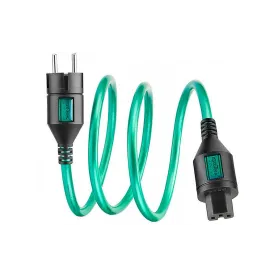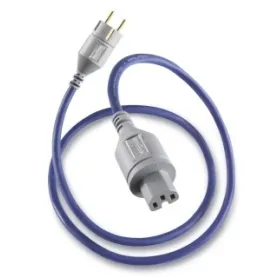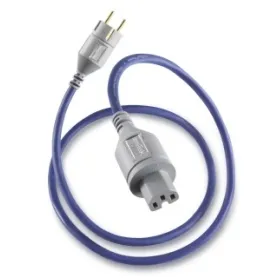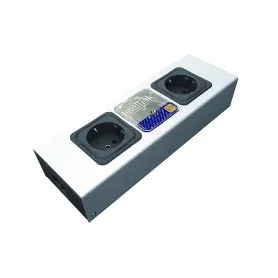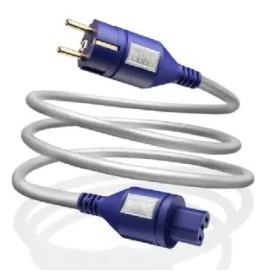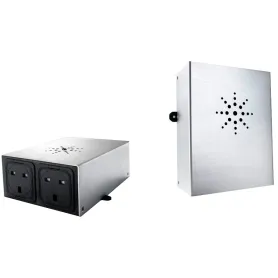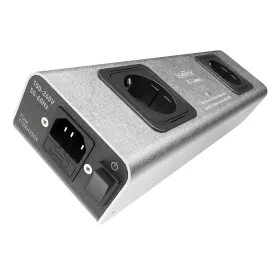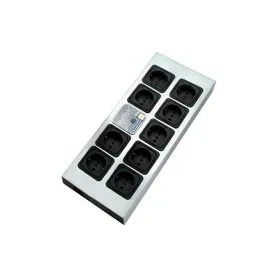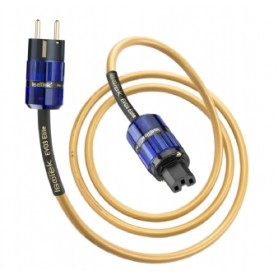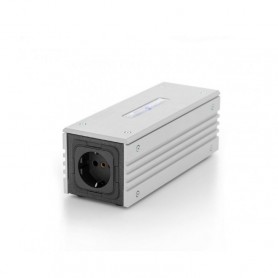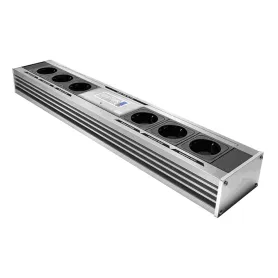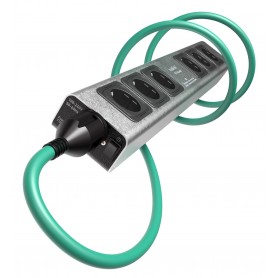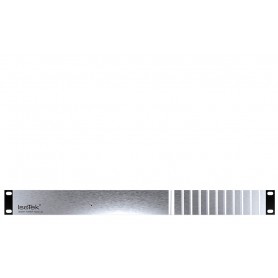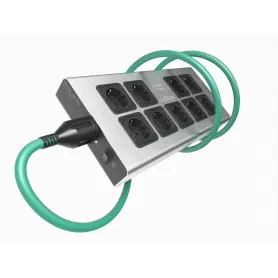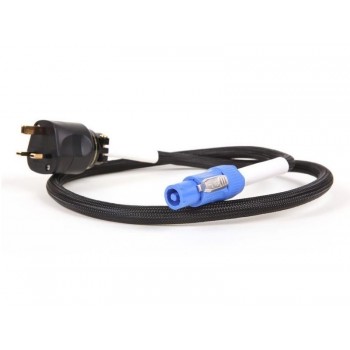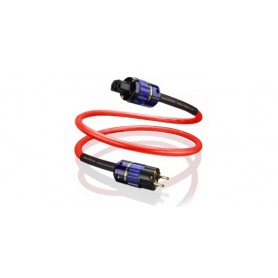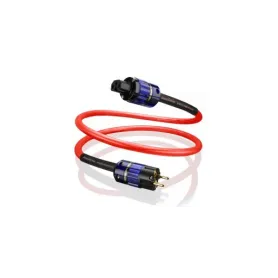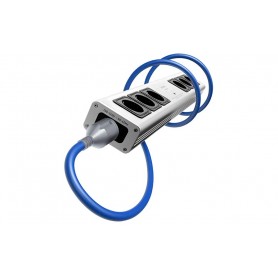What is a hifi cable?
High Fidelity cables have a much greater importance in the sound of our equipment than you might think at first. When playing music on our audio equipment, the sound signal passes through "bridges" (wires) when it goes from one component to another and, at this juncture, a cable can be really decisive.
A cable that sounds great on one computer doesn't have to on another. For this reason, good technical advice and even a listening test are very important to choose which cables are the most correct for your equipment. If you have questions about which cable to choose, contact our team so that we can help you.
High Fidelity cables are those that reveal the most faithful sound reproduction possible to reality. They are the ones that allow the sound it receives as input to be left completely intact, transferring it in the best way to its output phase. Simply put: hi-fi cable carries sound as close as possible to how it was recorded. For this reason, relying on poor quality cables can be a significant bottleneck, which throttles and deteriorates the signal between one component and another.
Disadvantages of using bad wiring in a hi-fi equipment
The main disadvantages of using bad wiring in our hi-fi sound equipment are the following:
Poor quality cables degrade the final sound.
They return little transparency and reduce detail, which affects listening fidelity.
They make the sound not neutral.
Sometimes interference and creaks can occur that worsen the experience.
Bad cables can cause them to confuse the scene and the final result loses its shine.
Differences between standard and Hi-End cables
A cable is a passive element and therefore does not emit sound and cannot enhance the signal. In fact, it could alter it, something to avoid when we are looking to reproduce sound in high fidelity.
The excellence of a cable is revealed when it comes as close as possible to leaving completely intact the sound it receives as input, transferring it in the best way to its output phase. Bottom line: the best cable carries the sound as close as possible to how it was recorded.
But how is this difference compared to a standard cable achieved? Seeking excellence in the structure, materials, conductors, insulation, terminations, etc. The necessary condition is to be equipped with a system of such refinement that the difference in performance between the old standard cables and the new Hi-End cables can be felt with dignity.
Guide to buying hi-fi cables
The components that make up the backbone of the vast majority of Hi-Fi systems are three: source, amplifier and speakers. These three elements must be connected to each other with a support (cables) of a directly proportional value, to achieve adequate performance.
An inadequate cable would cause the final result to be inadequate in terms of sound quality, and one with too many features would not be harmful but useless for listening if the rest of the team does not accompany them.
Therefore, it is very important to know which are the points to take into account and the brands that exist in the market to choose the most suitable cables for our hi-fi equipment.
Types of hi-fi cables:
There are three broad categories of hi-fi cables. These are the following:
signal cables.
Power cables.
Power cables.
The first is the most varied, so much so that we can divide it into two other subcategories: Analog signal cables and digital signal cables. In any case, signal cables are always used to transfer the signal from one device to another. Among the analogues we find:
RCA cables to carry a signal with an RCA connection in stereo mode (left/right).
XLR cables that are the balanced version for the connection between two electronic devices that have an XLR input and output.
Phono cables, a variant of RCA signal cables useful for vinyl playback, one of the few still fully analog techniques.
On the other hand, digital signal cables are of four different types:
Coaxial cables that carry the digital audio signal at 75 ohms before being converted to analog and amplified.
USB cables that support one of the most popular connections in the world and that in Hi-Fi are mainly of interest to users of liquid music.
Optical cable, which is increasingly in disuse, because coaxial is preferred for stereo, while in Audio/Video the signal is transported with the HDMI connection.
Cables with AES/EBU connection, a 110 Ohm connection with an XLR connection, which is very powerful, but not very common.
Speaker wires also known as Loudspeaker cables. They are used to connect the amplifier (integrated or power) to the passive acoustic speakers with the signal for speakers, that is, the one that has already performed the final amplification.
There are also the power cables that are necessary to power any active component and that carry the current to make it work.
Finally we find the HDMI cables that are more concerned with high-fidelity video than audio, for those who have a multi-channel system.
How much to spend on hifi cables?
There is no infallible formula that tells us what percentage of our budget we are interested in spending on cables for our audio equipment.
A superficial, but at the same time very quick estimate can be as follows: for the wiring of equipment, it is advisable to spend 10-15% of its value.
For personalised advice and even to test the most suitable cables with your hi-fi equipment, please contact us without obligation.
Frequently asked questions
What is the difference between a hi-fi cable and a conventional cable?
High fidelity cables are designed to provide more accurate and faithful signal transmission, minimising loss of audio quality. They use high quality materials and specialised construction to provide exceptional sound reproduction.
Do hi-fi cables really improve sound quality?
Yes, hi-fi cables can improve sound quality by reducing signal loss and electromagnetic interference. They provide more accurate and detailed audio transmission, resulting in an improved listening experience, especially in high-end audio configurations.
Are there differences between analogue and digital hi-fi cables?
Yes, analogue and digital hi-fi cables differ in design and function. Analogue cables are used to transmit analogue audio signals, while digital cables are used to transmit digital audio signals. Make sure you choose the right type of cable according to your needs and compatibility with your devices.


